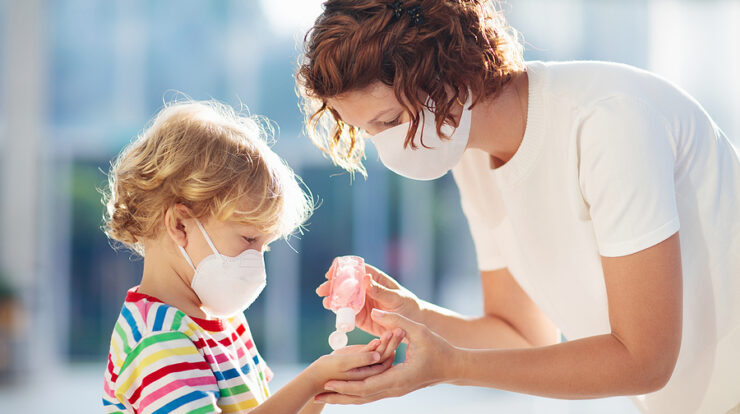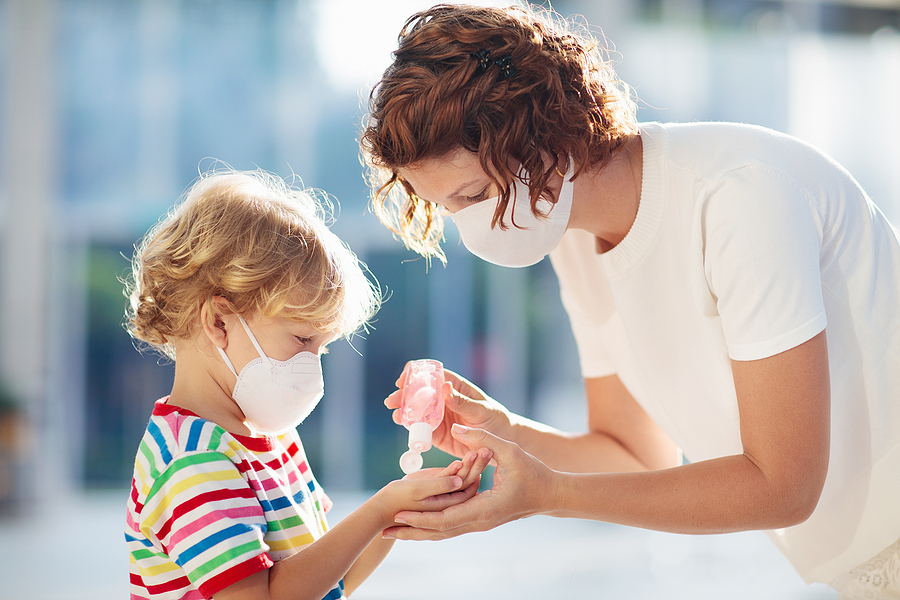
Submitted by the Baylor College of Medicine….
If you test positive for COVID-19, it is essential to know the proper steps to take to monitor symptoms and keep from infecting others.
“The Centers for Disease Control and Prevention recommends home isolation for positive COVID-19 patients who are not hospitalized,” said Isabel Valdez, physician assistant and instructor of general internal medicine at Baylor College of Medicine. “They can leave isolation after having three days without fever, cough or shortness of breath and if at least 7 days have passed since the first sign of symptoms. The CDC specifies that patients should be fever-free without the use of medications like acetaminophen or ibuprofen in order to end the isolation period.”
Valdez recommends the following steps if you test positive for COVID-19 or are caring for someone with COVID-19:
- If you begin experiencing coronavirus-related symptoms, contact your primary care provider for instructions on testing and treatment recommendations. Avoid going to a clinic or emergency room without calling in advance – there may be certain procedures the facility requires be followed for your safety and that of others.
- Isolate yourself and remain home – this lessens the risk of passing the virus to others.
- If you are in a home with others, remain in your own room and use your own bathroom that is separate from everyone else.
- Monitor your symptoms and temperature. If you develop a high fever, call your doctor.
- Cover coughs and sneezes with your elbow or a tissue. Remember to toss the tissue after and do not reuse it. If you cough or sneeze into your hands, wash and disinfect them immediately.
- Wear a mask that covers your mouth and nose.
- Limit interactions with others in the home by staying at least 6 feet away, especially if you live with vulnerable people.
- Limit outside visitors to the home.
Caring for someone with COVID-19
- Everyone in the home should continue to wash their hands with soap and water for 20 seconds or use an alcohol-based sanitizer.
- Caregivers and everyone else in the home should wear a mask that covers the nose and mouth.
- Avoid touching your face with unclean hands.
- Clean and disinfect frequently used areas and objects such as doorknobs, phones, keyboards, faucets and tables.
- If the infected person ventures from their room, they should keep their distance of at least 6 feet, and any space they use needs to be cleaned and disinfected.
- If you are the caregiver, remember to track your own temperature and symptoms. If you begin to experience a cough or fever, call your doctor for advice.
Treating symptoms of COVID-19
Valdez explains that the recommendations for treating symptoms of coronavirus include taking over-the-counter fever-reducing medicine like acetaminophen. She adds that the CDC and FDA have not advised against using medications like Ibuprofen at this time. Call your doctor if you have questions or concerns about using these medications.
“If Ibuprofen is the only thing available in the home, it’s safer for the patient to take what they have at home than for them to go out to the store to buy new medication and expose the virus others,” Valdez said.
Valdez recommends other options for treating and monitoring symptoms:
- If you are allergic to acetaminophen or cannot take it for medical reasons, it is fine to use ibuprofen in the meantime.
- To treat a cough, Valdez recommends taking over-the-counter medicines like dextromethorphan.
- If you have lung conditions and use an inhaler, use the inhaler as directed.
Many who have tested positive for COVID-19 are able to monitor symptoms and be cared for at home, but Valdez warns that there are a few situations where the person with COVID-19 needs to seek emergency medical attention:
- If lips turn pale and blue – this is a sign that their oxygen is dropping.
- If they are confused or cannot be aroused or wakened up.
- Severe trouble breathing that causes pressure or pain in the chest or the inability to form a complete sentence.
—————————————————–
***** Note from YHJ staff, please remember, guidelines change frequently. Always check with your family Physician first on what steps should be taken to protect yourself and those around you. Stay up to date with how to handle COVID 19 by visiting the CDC (The Centers For Disease Control) website for updates or changes to protocol. For example, here are some sample web pages with valuable information.
https://www.cdc.gov/coronavirus/2019-ncov/if-you-are-sick/quarantine.html
https://www.cdc.gov/coronavirus/2019-ncov/hcp/duration-isolation.html
https://www.cdc.gov/coronavirus/2019-ncov/if-you-are-sick/isolation.html
https://www.cdc.gov/coronavirus/2019-ncov/if-you-are-sick/quarantine.html
https://www.health.harvard.edu/diseases-and-conditions/if-youve-been-exposed-to-the-coronavirus

